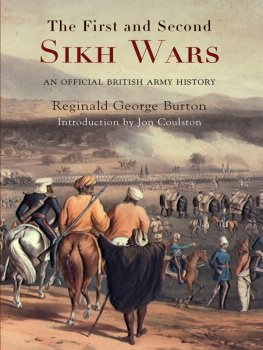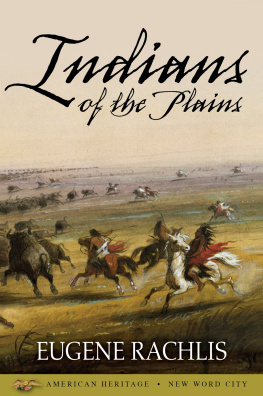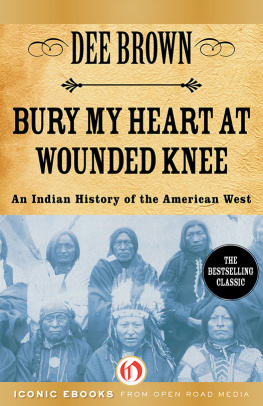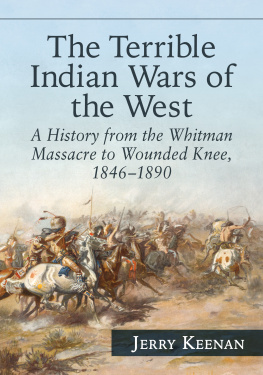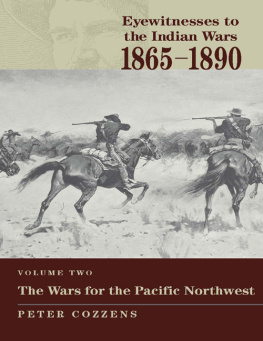First published 2001 by Fitzroy Dearborn Publishers
Published 2013 by Routledge
2 Park Square, Milton Park, Abingdon, Oxon OX14 4RN
711 Third Avenue, New York, NY, 10017, USA
Routledge is an imprint of the Taylor & Francis Group, an informa business
2001 Osprey Publishing Ltd.
All rights reserved. Apart from any fair dealing for the purpose of private study, research, criticism or review, as permitted under the Copyright, Designs and Patents Act, 1988, no part of this publication may be reproduced, stored in a retrieval system, or transmitted in any form or by any means, electronic, electrical, chemical, mechanical, optical, photocopying, recording or otherwise, without the prior written permission of the copyright owner. Enquiries should be addressed to the Publishers.
Every attempt has been made by the Publisher to secure the appropriate permissions for material reproduced in this book. If there has been any oversight we will be happy to rectify the situation and written submission should be made to the Publishers.
British Library Cataloguing-in-Publication data is available
Library of Congress Cataloging-in-Publication data is available
Editors: Marcus Cowper and Nikolai Bogdanovic
Index by Alan Rutter
Originated by Magnet Harlequin, Uxbridge, UK
ISBN 13: 978-1-579-58370-5 (hbk)
A Sioux head dress. (Courtesy of Gamma)
This section is not a history of the Indian Wars, nor of the Army as a whole. Rather, it is an attempt to convey to the reader the reality of campaign service of just one part of the United States Army that of the US Cavalry.
Over the years, the US Cavalry has been glamorised and fictionalised to a point where few people appreciate where reality stops and fantasy begins; my primary aim has been to show what life was really like for the trooper who boiled in the Arizona sun, or froze in the winter Montana winds.
No single volume can cover every facet of such varied service life in exhaustive detail, so it is hoped that this book will serve as a basis upon which the interested reader can build. There are, I am aware, certain areas which the knowledgeable reader will find lacking officers clothing has been dealt with only in brief and dress uniforms could not be covered due to the limitations of space.
Those who wish to know more about the battles and the Indians will have to consult one of the many books that cover the subject and readers will find a comprehensive bibliography at the back of this part. I have tried to select books that are readily available, or, in one or two cases, of particular historical significance. To the authors of these books, I can only offer my thanks. For those wishing to visit the sites mentioned, there is a list of excellent museums which capture the flavour of the period.
Many of the photographs are of poor quality due to the early nature of the equipment used; however, they are a vital link with the past, and it is hoped the reader will make allowances for occasional lack of detail.
A Cavalry troop go on patrol from Fort Bowie, Arizona. Their neat appearance and universal 1872 forage caps make one wonder if the true reason for the patrol was for the camera. (National Archives)
The period 18651890 was one of unparalleled change in American frontier history. This span of 25 years witnessed the end of the traditional nomadic lifestyle of the plains Indians, the colonisation of the West by white settlers, and the first experience of the US Army in fighting a form of irregular warfare at which it did not excel, for which its soldiers and commanders were untrained, and its equipment unsuited. The US Army, both infantry and cavalry, were strangers in a strange land. That they acquitted themselves so well in the face of bureaucratic meddling, poor supply and appalling climatic conditions, speaks highly of the tenacity and physical toughness of the volunteers who served in the West.
Until the return of Lewis and Clark from their expedition in 1806, it was generally accepted by settlers that civilisation stopped west of the Missouri river. Beyond, it was believed there was a land both inhospitable and uninhabitable. Lewis and Clark dispelled this myth, and their accounts of vast mountain ranges, forests and prairies populated by incalculable numbers of animals, did much to fuel the wanderlust of restless immigrants. By the mid-1800s the trickle of western-bound settlers had become a steady stream. The Civil War slowed their procession, but the respite was temporary. From 1865, the trickle again became a flood as war-weary men sought a new life, and this new invasion prompted an increasingly violent backlash from the Indians.
Indian conflicts were, of course, nothing new in American history, from the subjugation of the eastern natives by the first settlers, to the forced resettlement of the Five Civilised Tribes Cherokee, Choctaw, Chicksaw, Creek and Seminole in the 1830s. The clash of cultures was to a certain extent inevitable, and exacerbated by white greed and duplicity. In the early 19th century, there were approximately 250,000 Plains Indians living a nomadic and semi-nomadic existence in the sparsely populated West and Midwest. The West was home to many tribes, the Dakota being the largest, comprising 13 affiliated tribes generically referred to as the Sioux these included Hunkpapa, Brul, Oglala, Miniconjou, Sans Arcs and others who shared common language and customs. Other tribes included Nez Perc, Crow, Cheyenne, Comanche and Arapaho, and in the South-west, Navaho and Apache. Their lifestyle was by no means one of peace and tranquillity. Intertribal wars flared, raids, ambushes, and theft were commonplace occurrences and hunger and disease were constant companions in lean years.
Tribal life centred around the buffalo, and the importance of this animal in native culture is fundamental in understanding much of the subsequent behaviour of the Indians in their dealings with the white man. From the buffalo, and other wild game, came food, clothing, shelter and raw materials for making everything from combs to weapons. Unlimited access to the plains and its wildlife was vital if the Indian was to remain a free man. Most native culture was based around principles of group loyalty and mutual protection. The idea of property or land ownership was to cause much trouble when government officials introduced ownership treaties. This was a concept utterly alien to the Indian mind, as expressed by Tashunka Witko (Crazy Horse), One does not sell the earth upon which the people walk.
Before and during the Civil War, there had been constant clashes between Plains Indians, settlers and soldiers. In 1862, the Santee Sioux launched a series of attacks in Minnesota. Army action against them served only to further inflame other Dakota tribes, who joined their Santee cousins. By 1865, Wyoming, Nebraska, Kansas, Montana and most of Colorado were suffering from regular Indian depredations. New Mexico, Texas and Arizona were also feeling the wrath of the south-western tribes, but the war in the East soaked up all available men and supplies, leaving the western garrisons starved of everything they required to wage war effectively. With the cessation of hostilities in 1865, fresh demands were made upon the President for help in defeating the rising Indian scourge, demands that could no longer be ignored as westward expansion was being actively encouraged by the Government. In practical terms it was impossible to stop, as the lure of goldfields, trapping, timber and limitless land proved irresistible to the war-weary Easterners. As Indian attacks increased on the wagon trains, miners and settlements, so did the need for military protection. To a great extent the Troops in the West were in an impossible situation. They were expected to prevent white encroachment onto reservation land, thus reducing tension with the Indians, whilst at the same time protecting the same whites from physical harm. Over a 25-year period this role changed from peace-keeping to pacification. It became the Armys duty to put Indians on reservations, and ensure they remained there.



